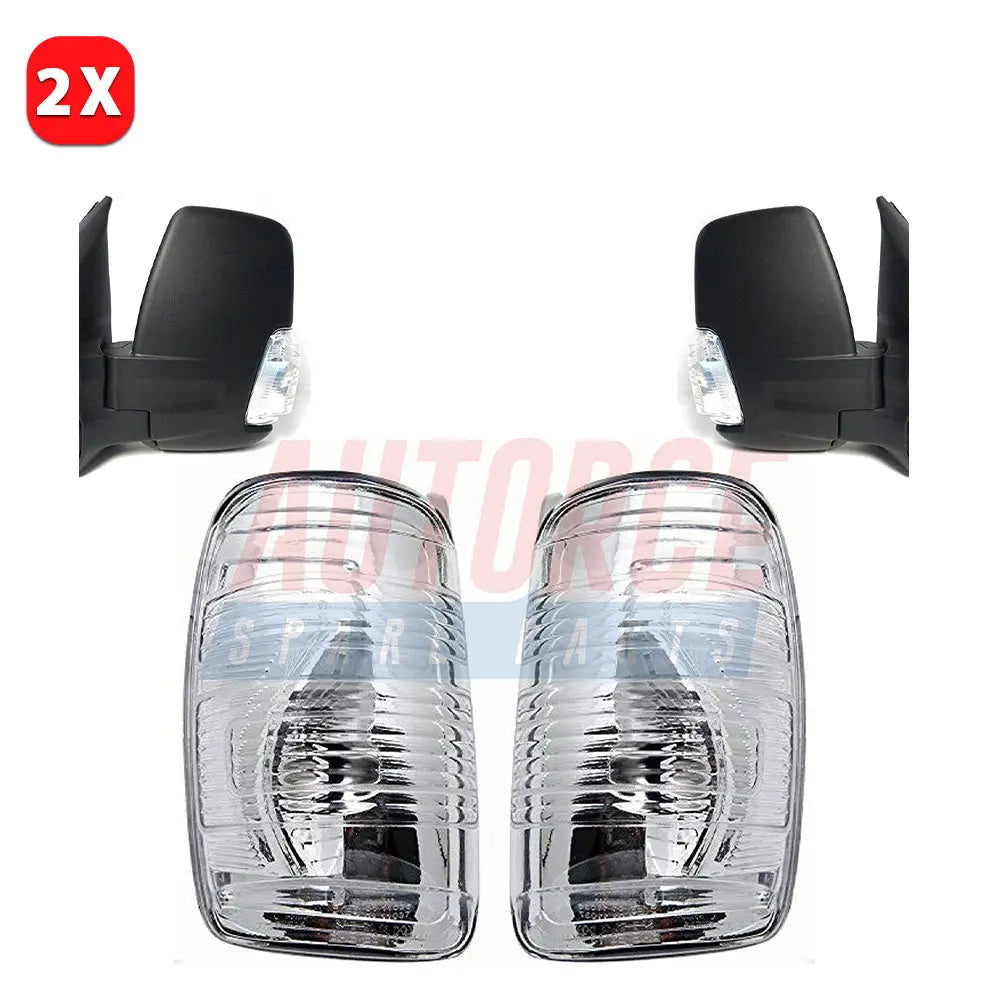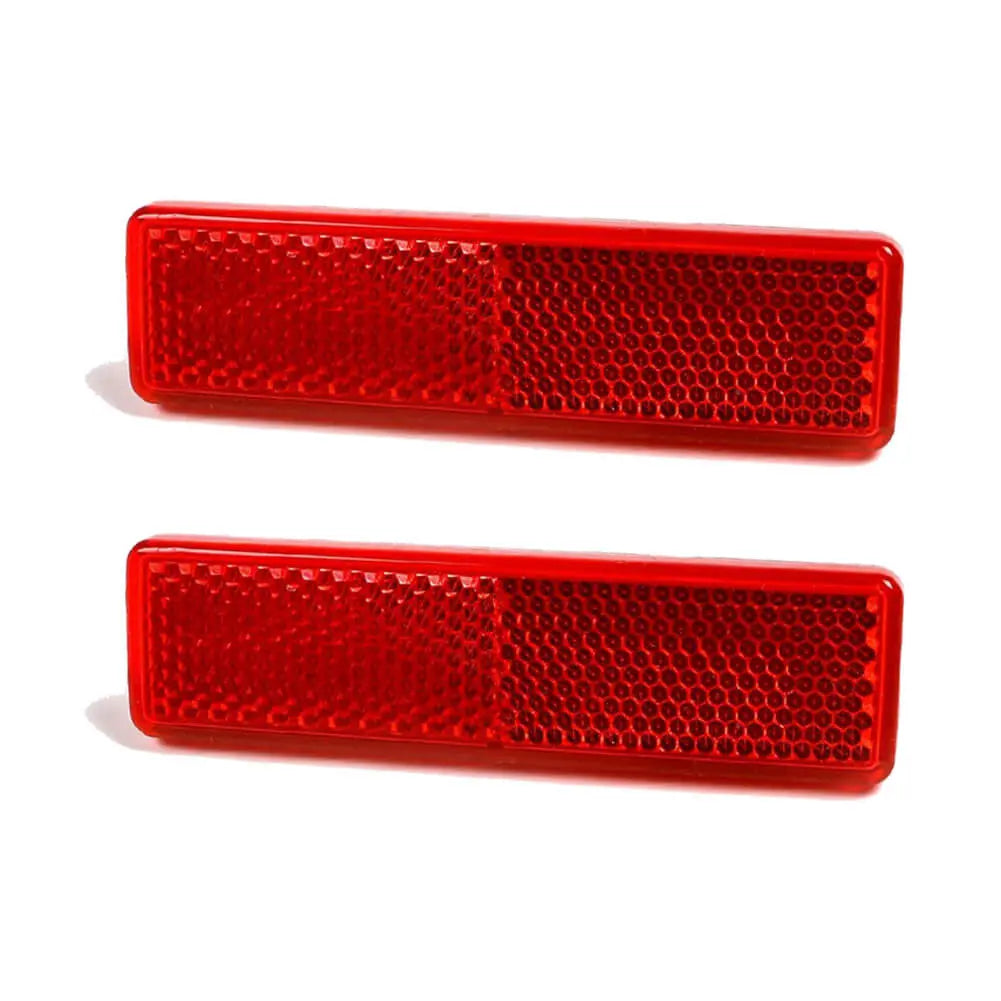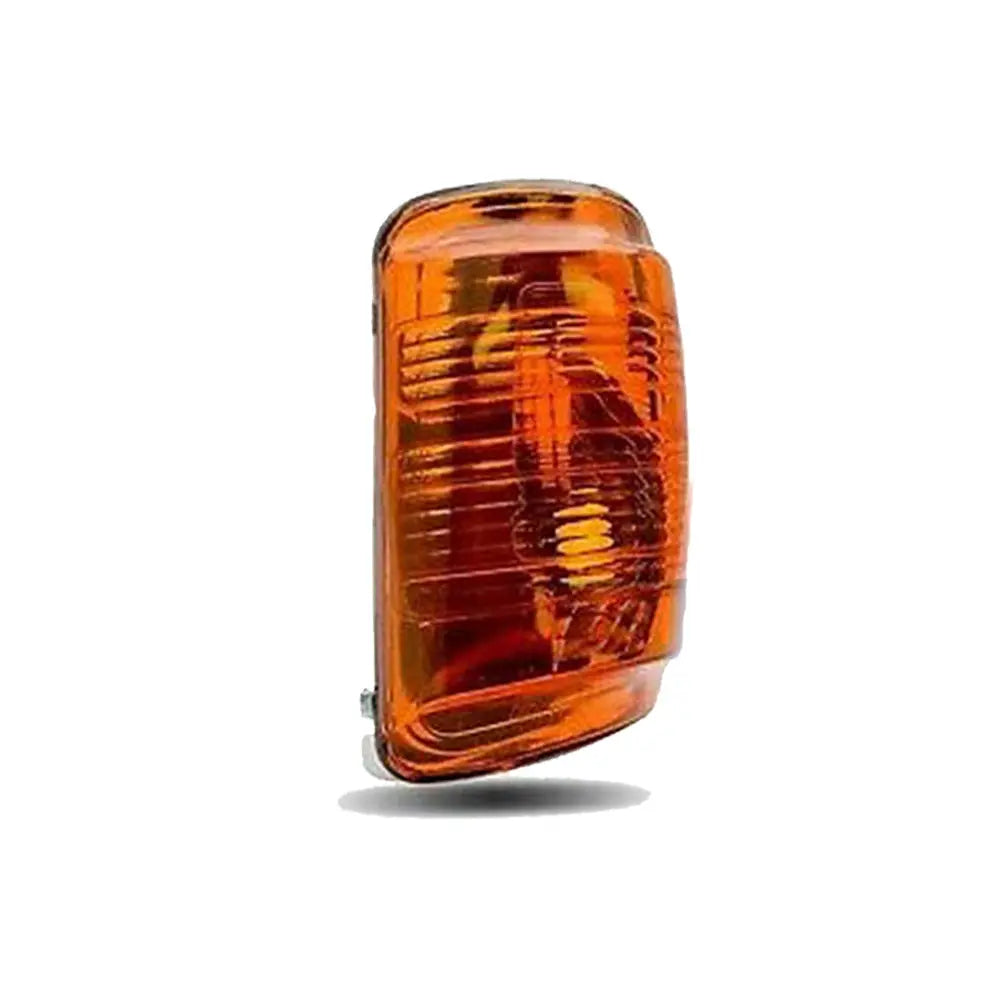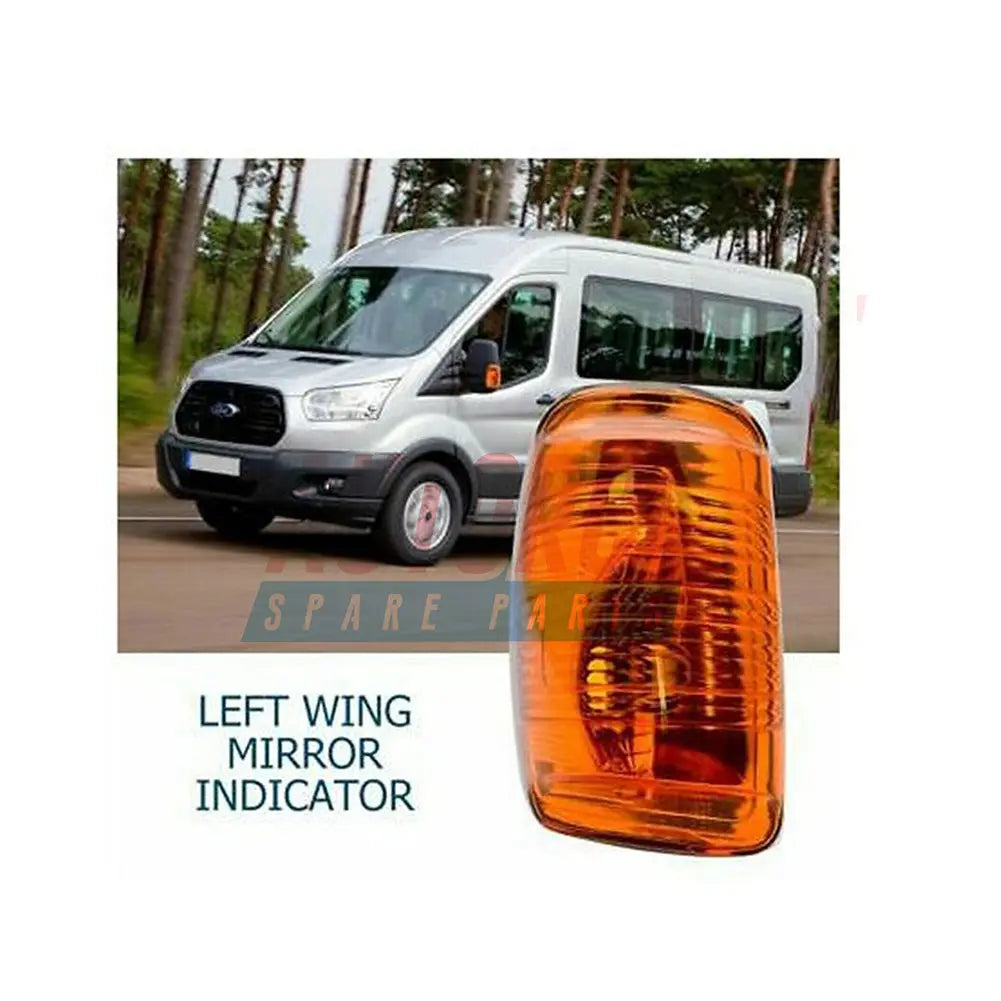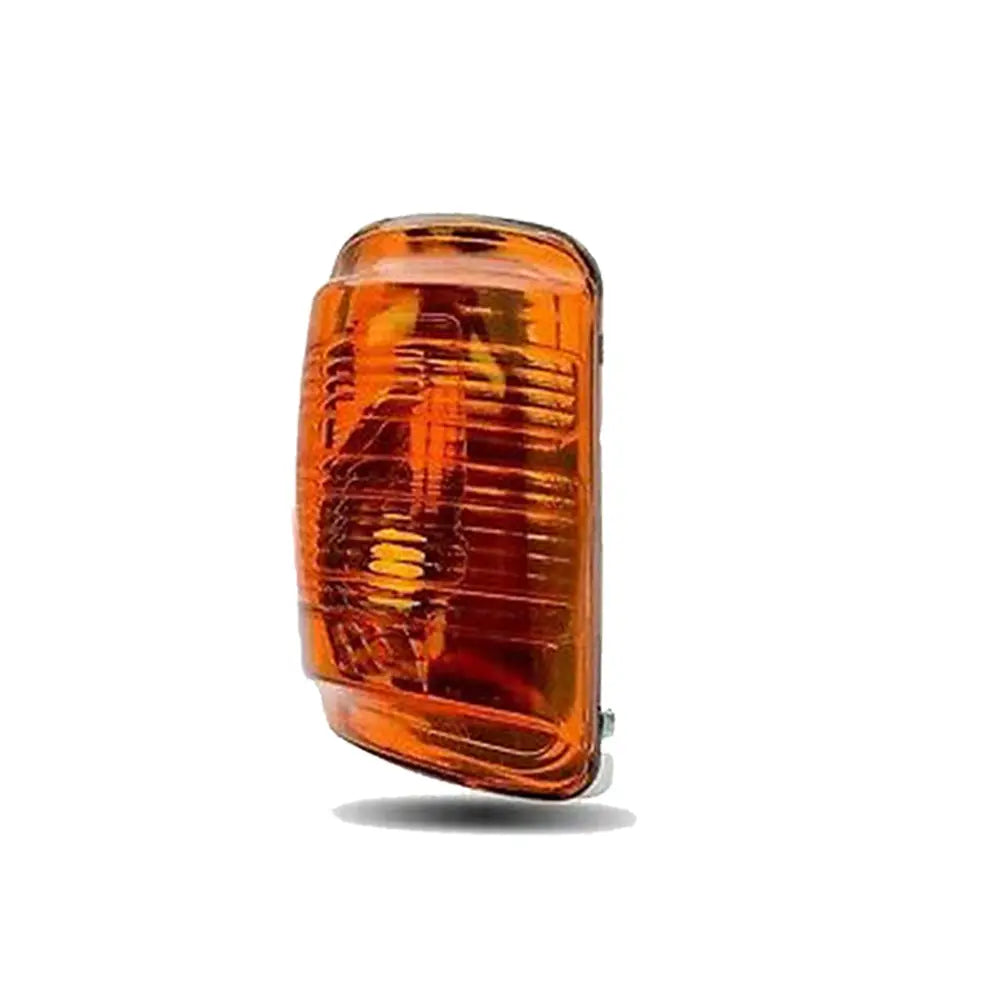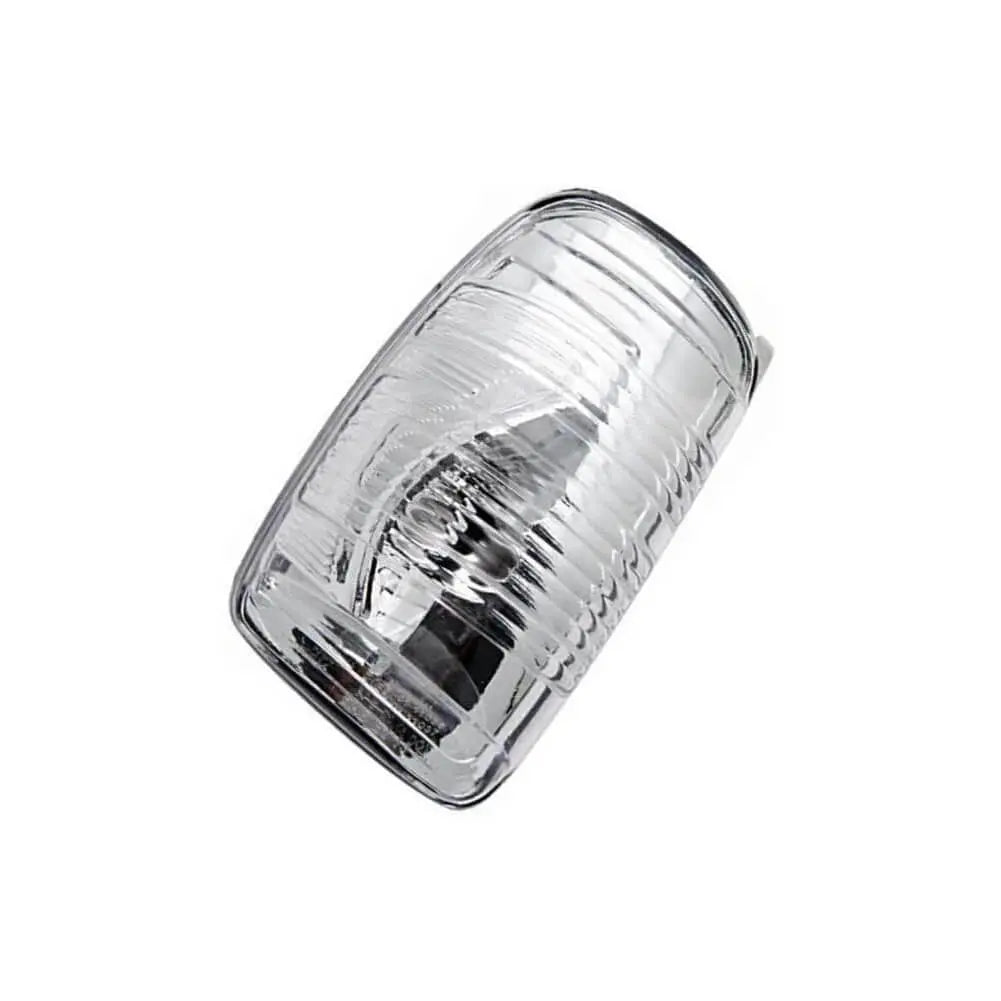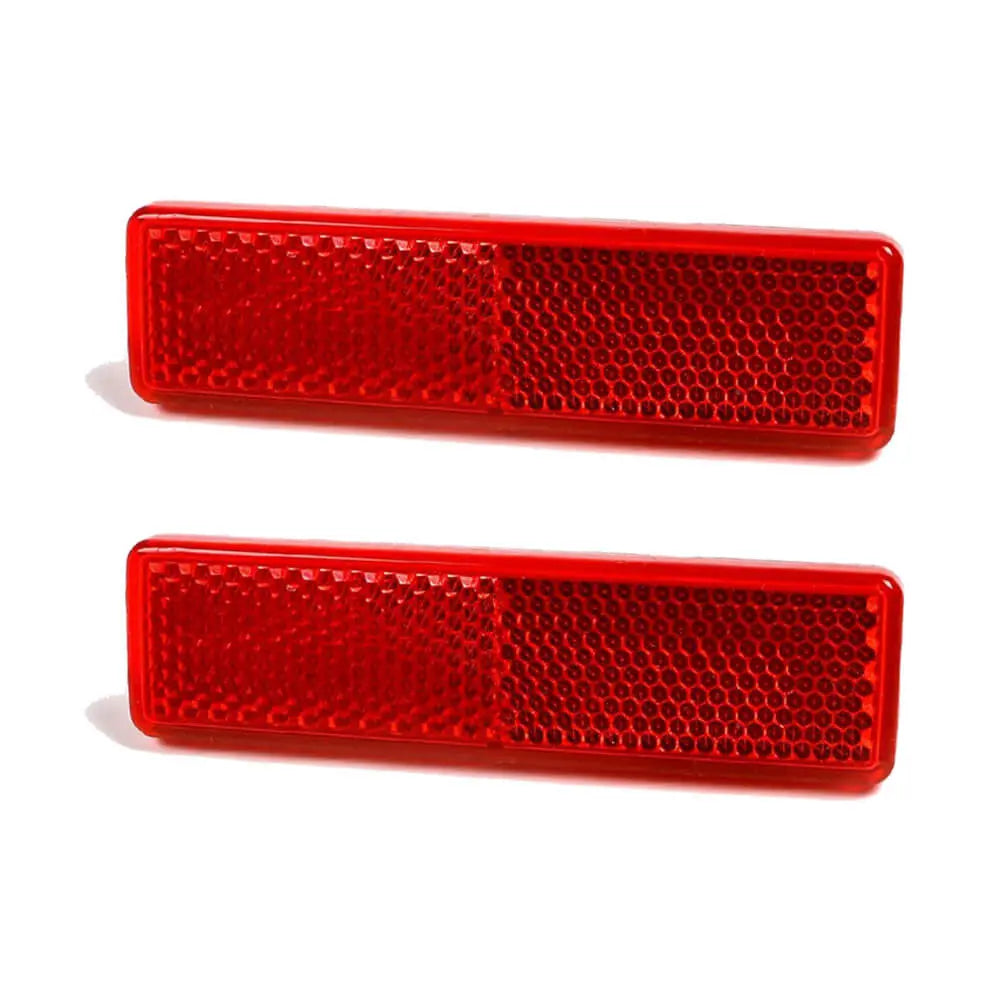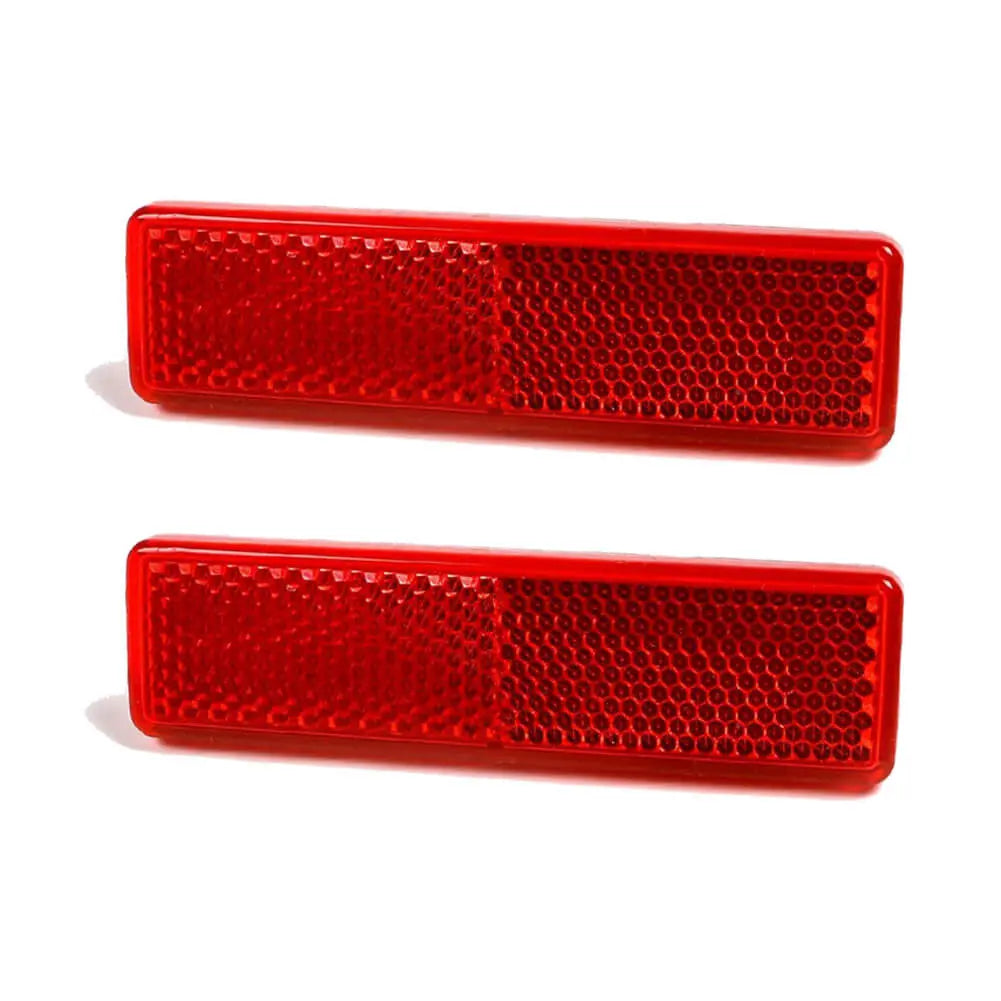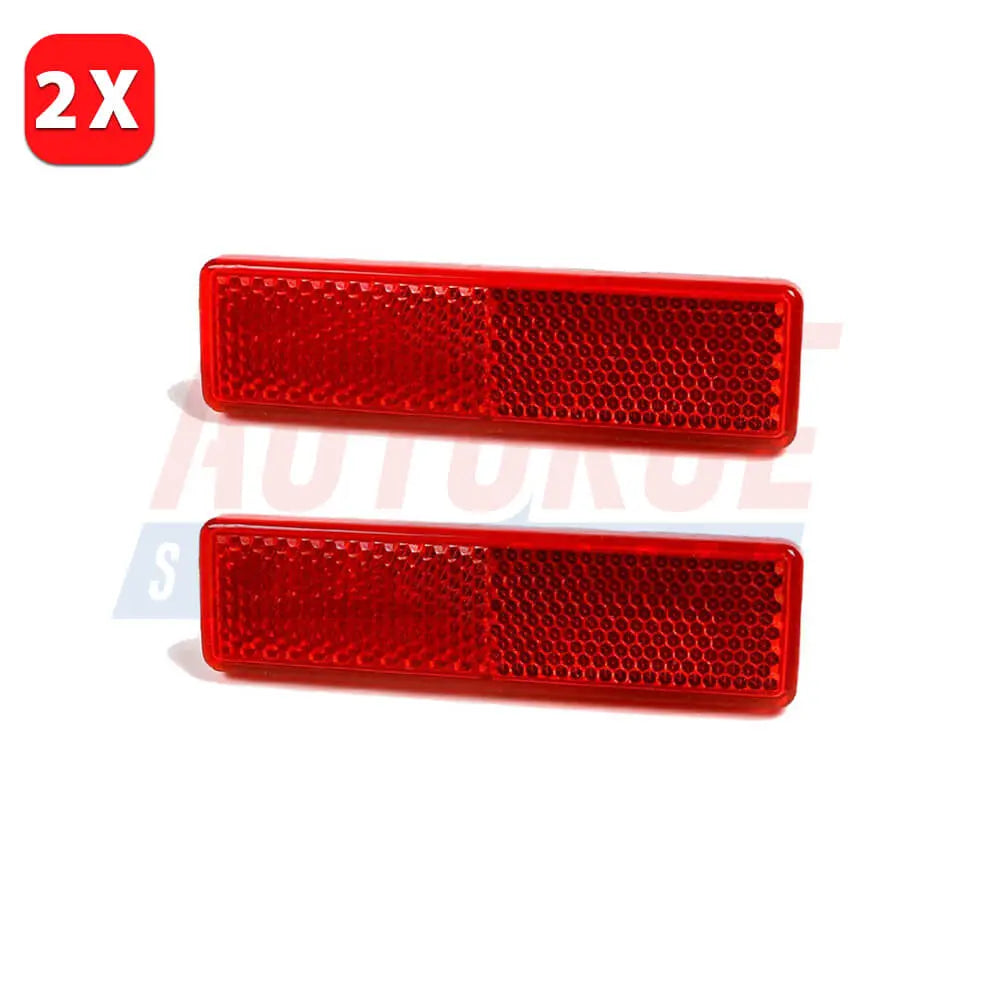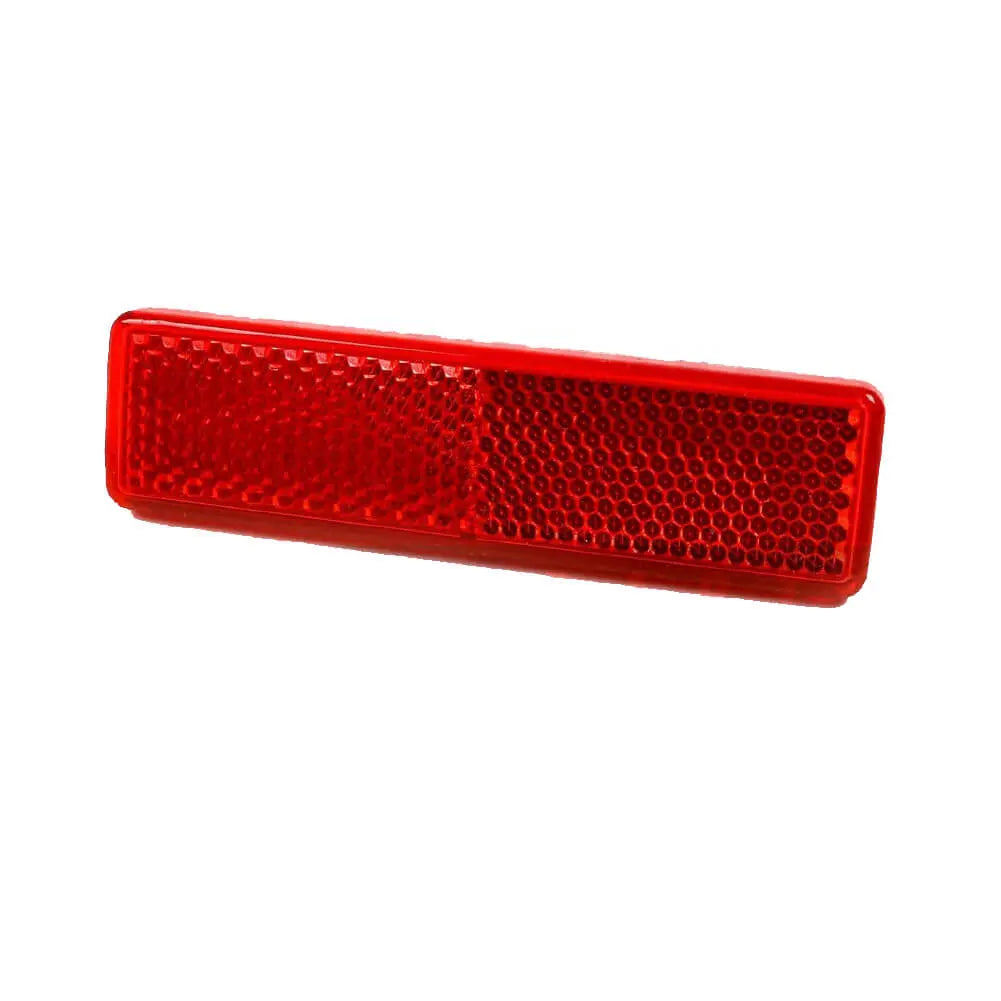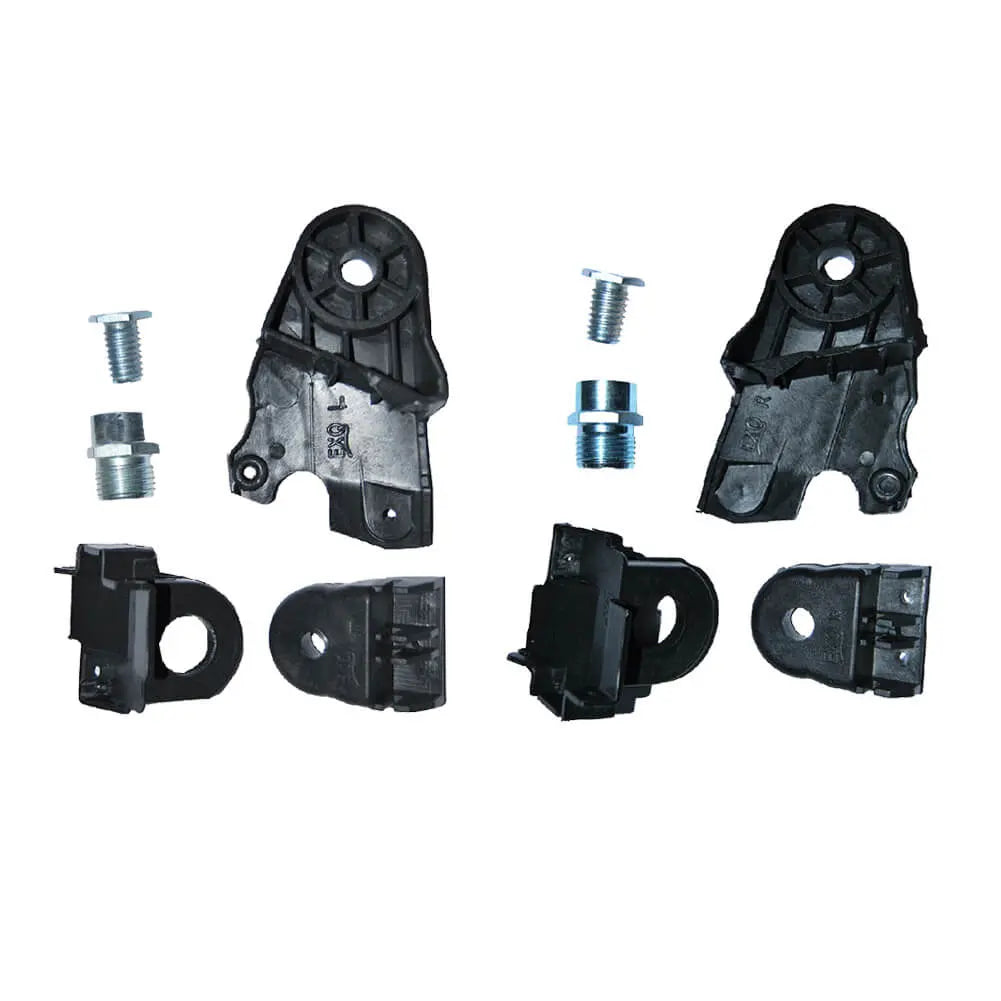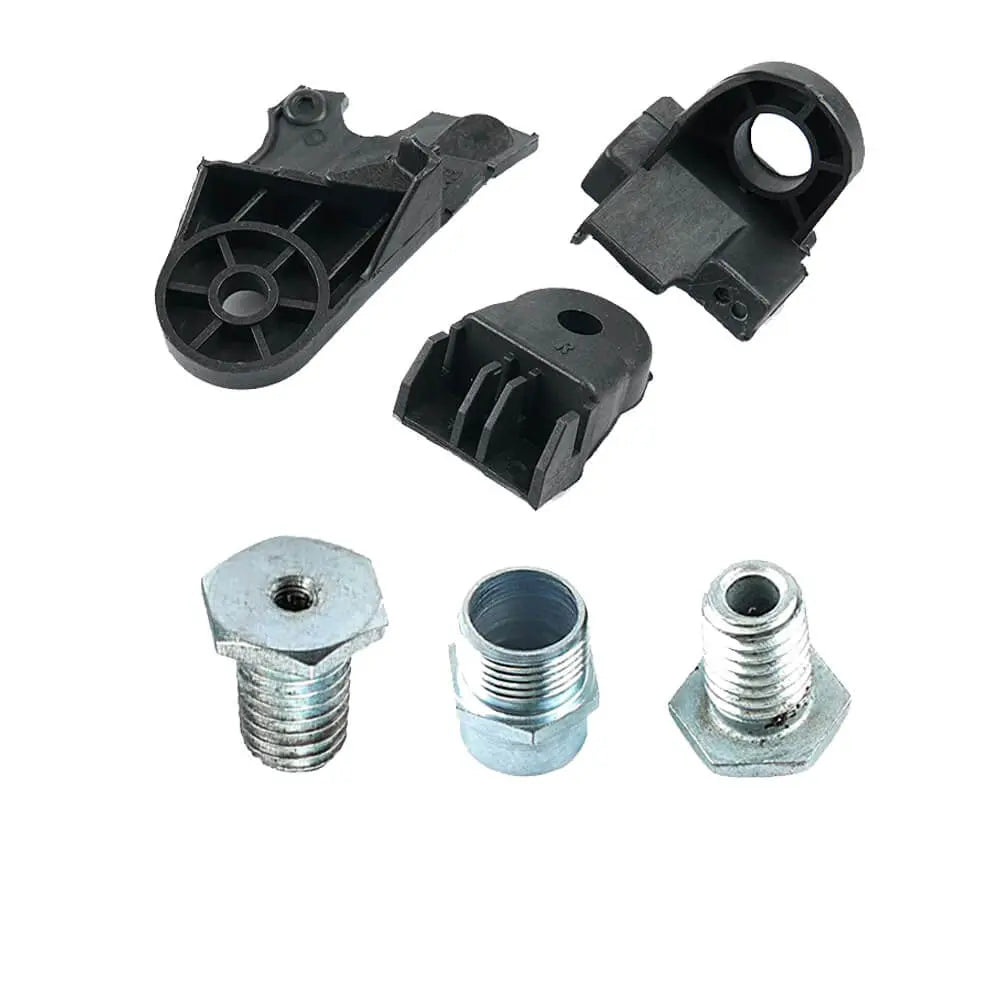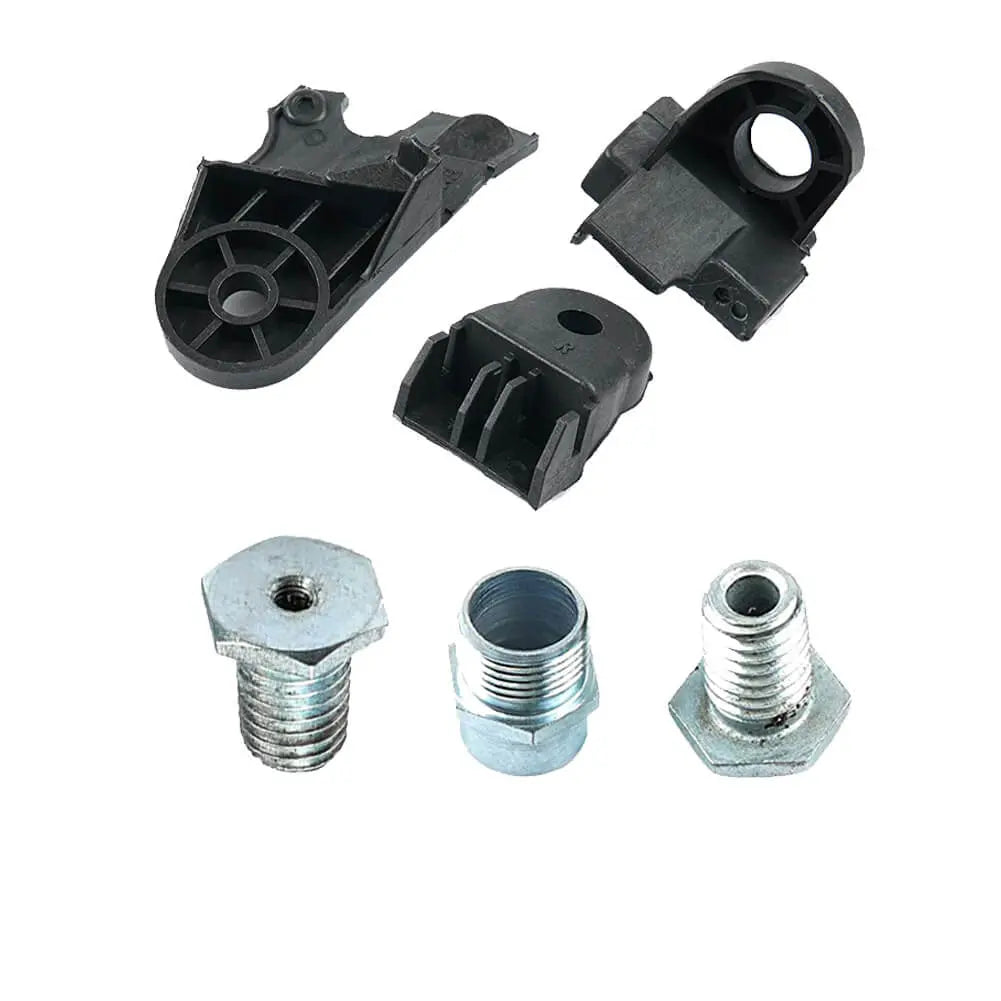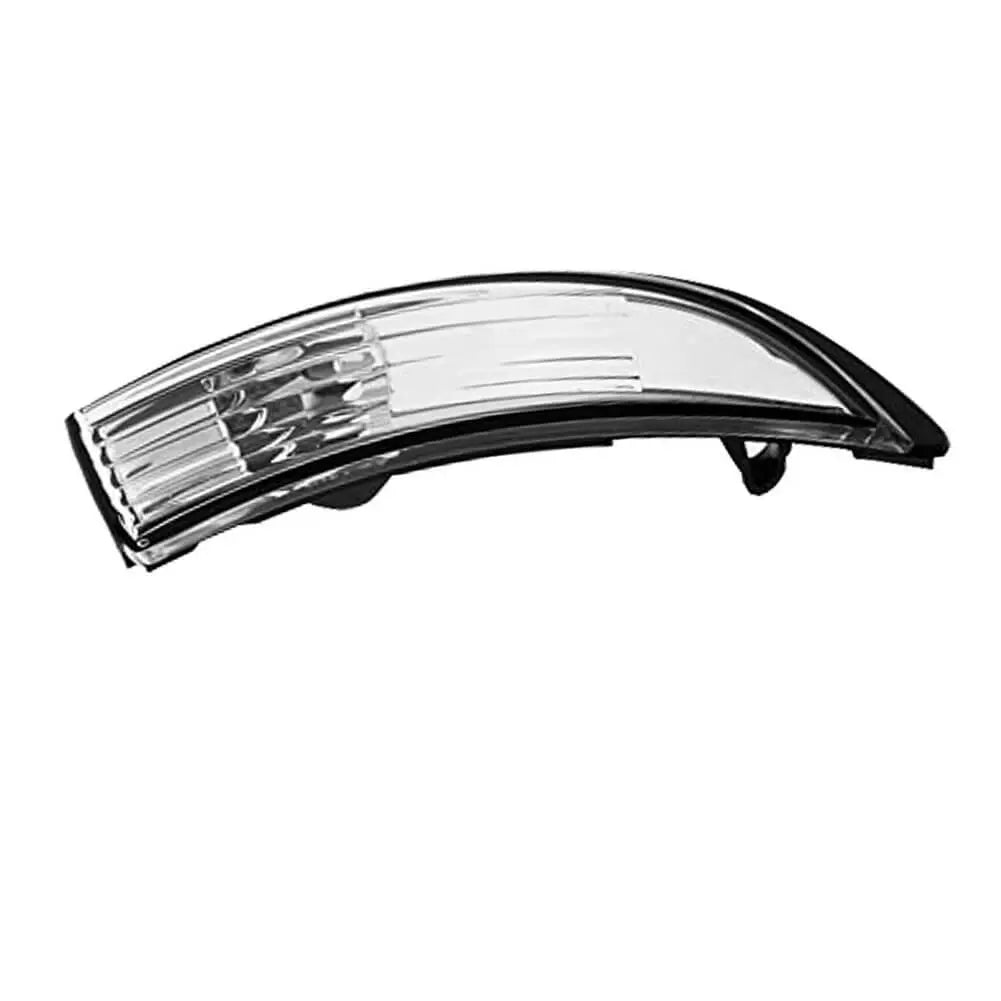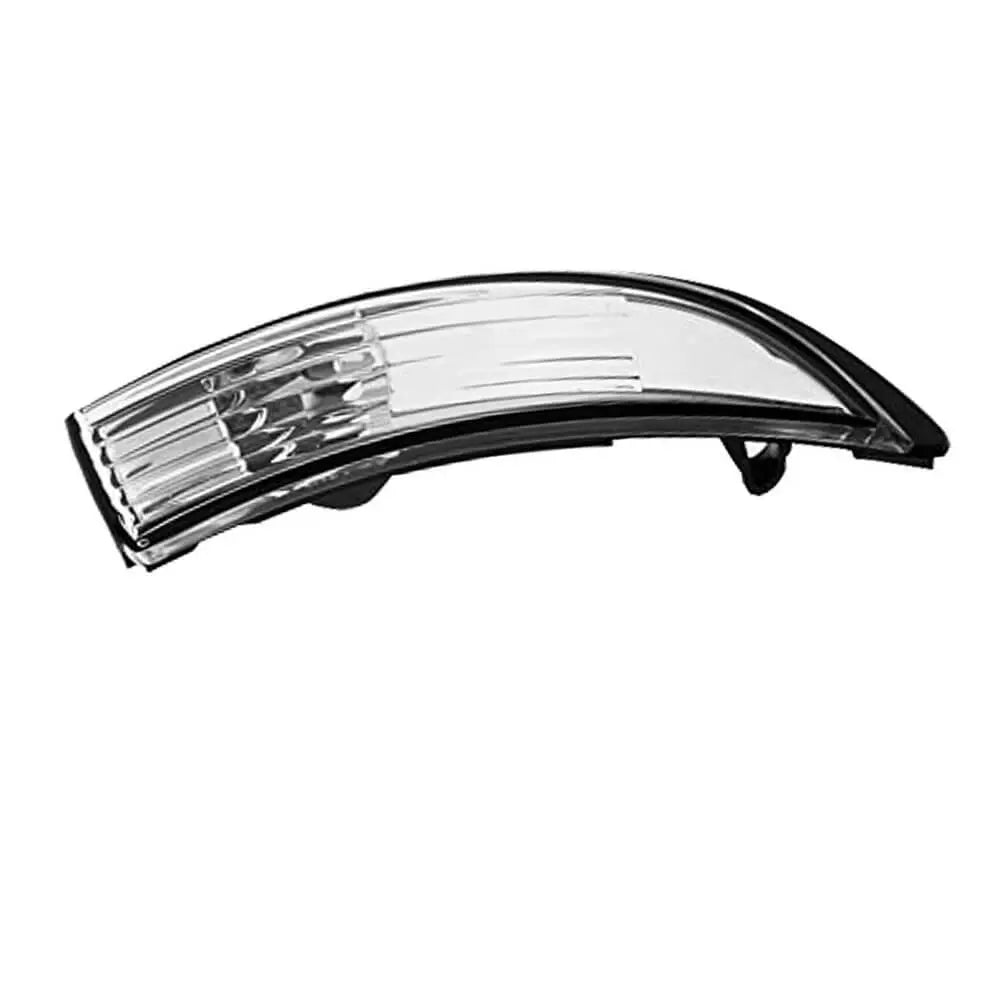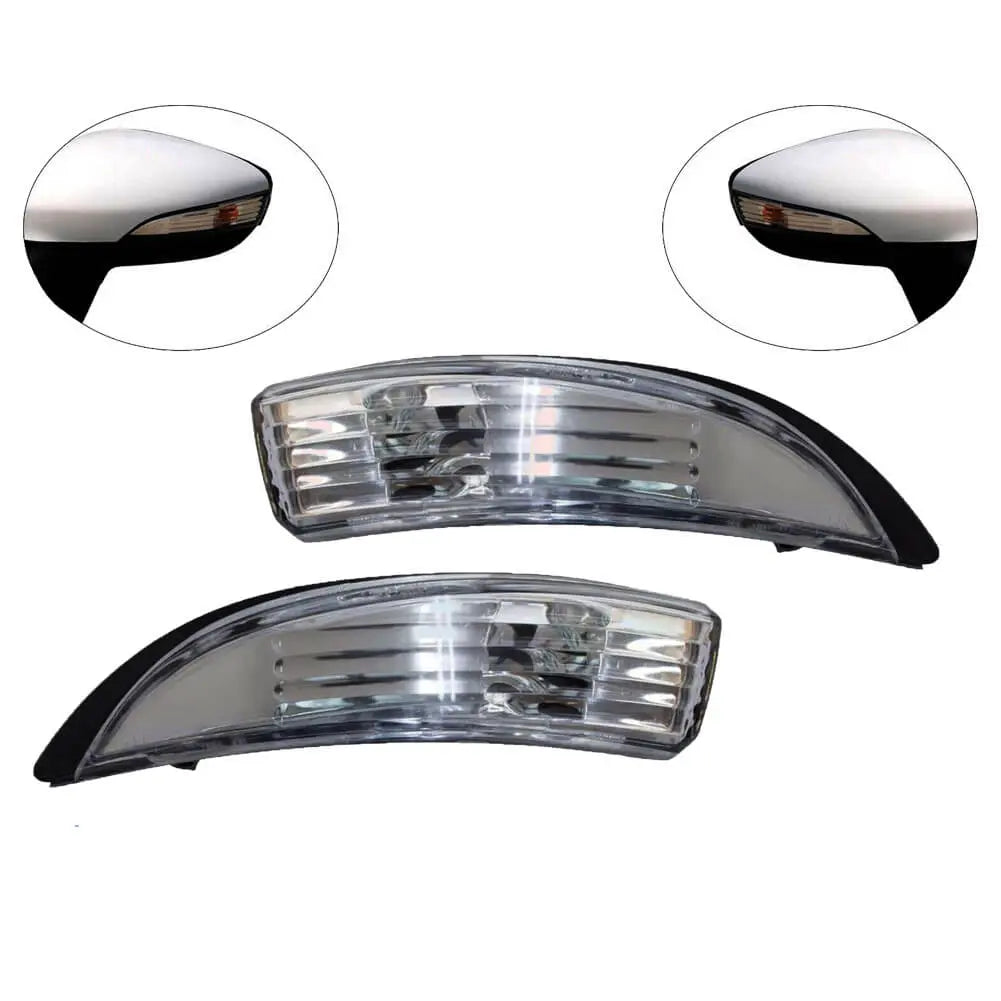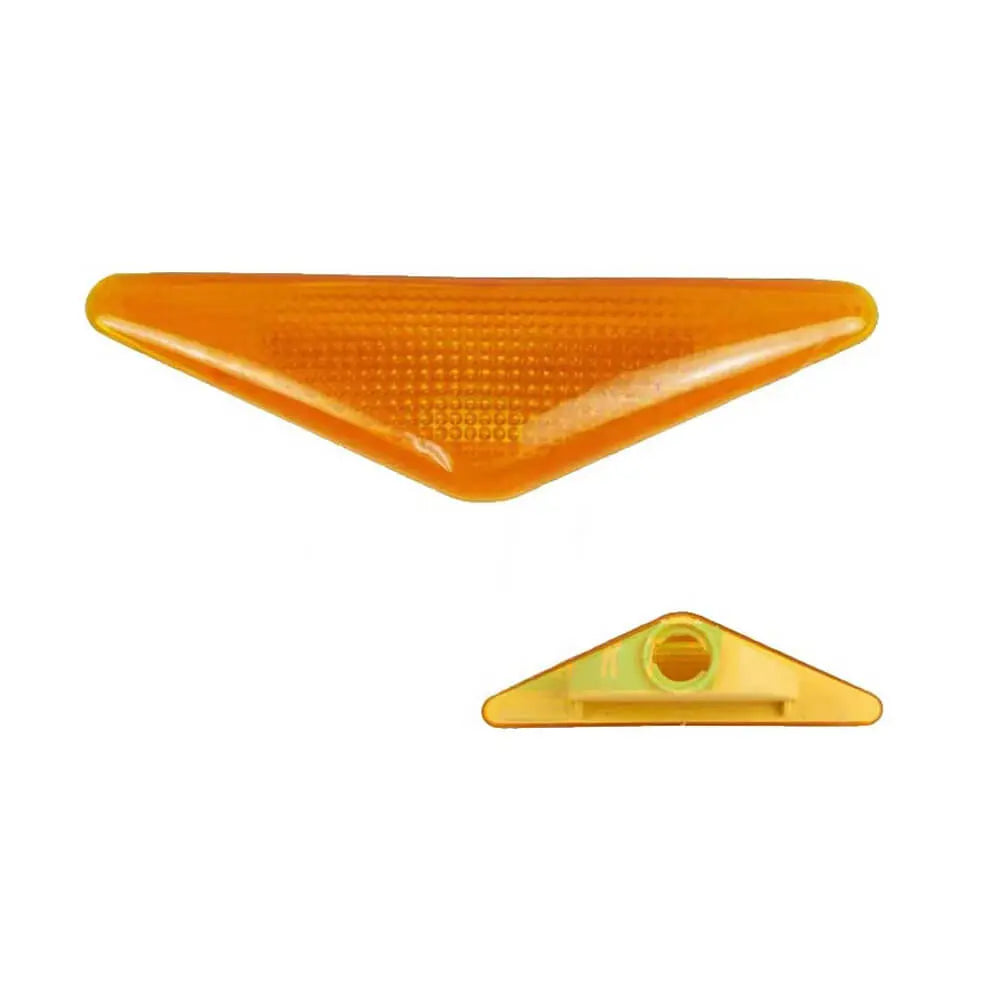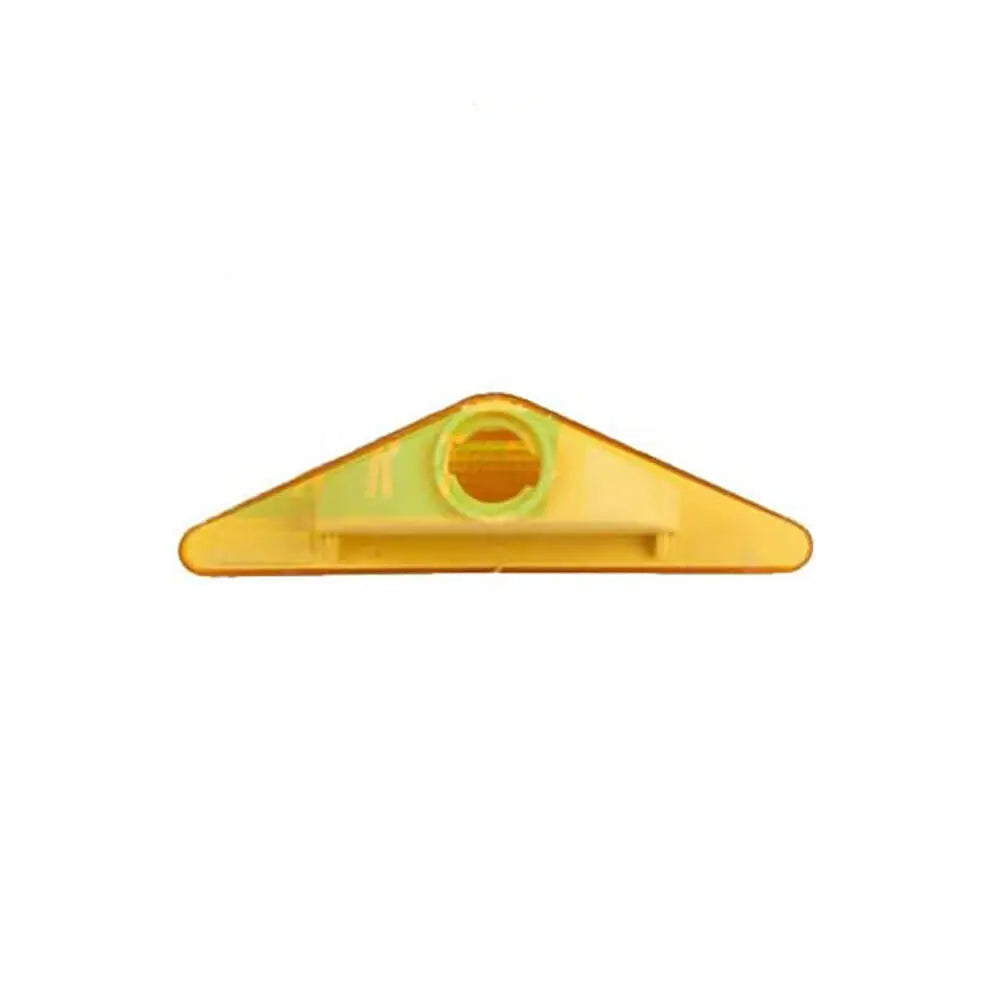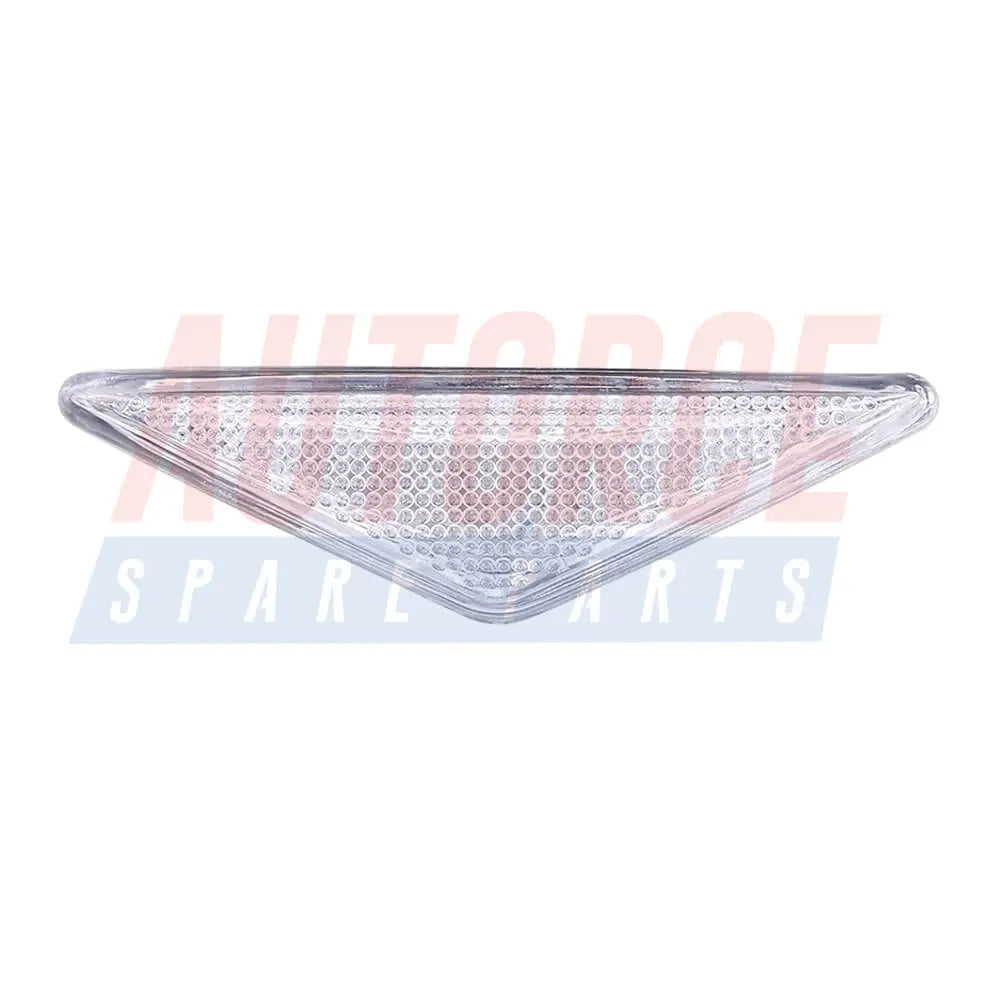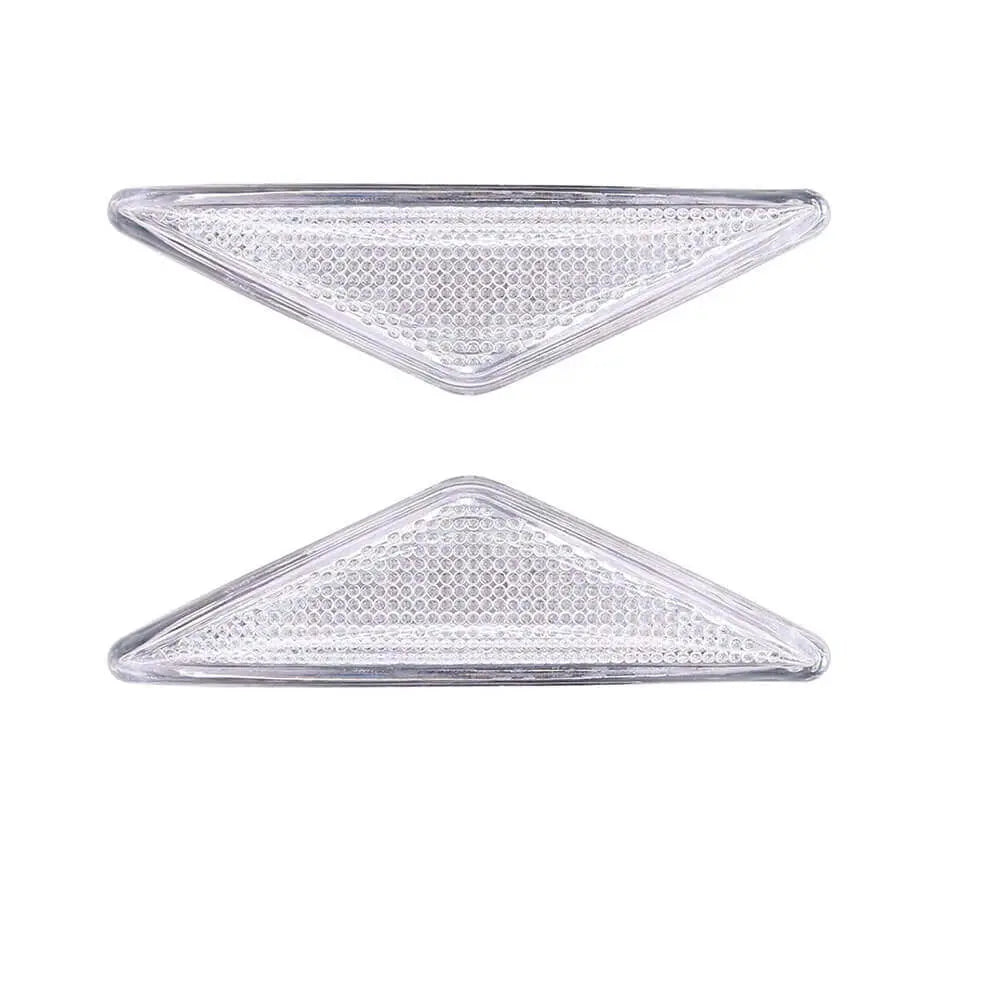Shop by Category
Signals and Lamps
135 products
Showing 1 - 24 of 135 products
Understanding Automotive Signals and Lamps: Safety on the Road
In today's fast-paced world, cars are an integral part of our lives, providing us with unparalleled convenience and mobility. However, with the increasing number of vehicles on the road, safety has become a paramount concern. To ensure safe driving experiences, automotive signals and lamps play a crucial role in communicating the intentions of drivers and enhancing road safety. In this article, we will delve into the significance of signals and lamps for cars, their different types, and their role in keeping the roads safe.Purpose of Automotive Signals
Automotive signals serve as a language of communication on the road. They provide vital information to other road users, including drivers, pedestrians, and cyclists. The primary purpose of automotive signals is to convey the intentions and actions of the driver to ensure a smooth flow of traffic, prevent accidents, and reduce the risk of collisions. Proper usage of signals helps in minimizing confusion and allows other road users to respond accordingly, making driving safer for everyone.Types of Automotive Signals
a. Turn Signals: Turn signals, also known as indicators, are located at the front and rear of the vehicle. They are used to indicate a driver's intention to turn left or right. When a driver activates the turn signal, it flashes on the side they intend to turn, signaling other road users of their maneuver.b. Brake Lights: Brake lights are situated at the rear of the car and are activated when the driver applies the brakes. They indicate to drivers behind that the vehicle is slowing down or coming to a stop, allowing them to adjust their speed accordingly.
c. Hazard Lights: Hazard lights are used to warn other drivers of a potential hazard or emergency situation. They activate both the front and rear lights simultaneously and are often used when the vehicle is stationary on the roadside due to a breakdown or in cases of low visibility, such as heavy rain or fog.
d. Reversing Lights: These white lights are activated when the driver shifts the gear into reverse. They illuminate the rear of the car, indicating to others that the vehicle is backing up.
Importance of Automotive Lamps
Automotive lamps, commonly known as headlights, play a vital role in ensuring visibility and safety during low-light conditions or at night. They serve the following purposes:a. Illumination: Headlights provide illumination to the road ahead, enabling the driver to see obstacles, pedestrians, and other vehicles. Properly aligned and functioning headlights are essential for safe driving at night.
b. Visibility: Besides helping the driver see, headlights also make the vehicle visible to others on the road. This is especially crucial during dusk, dawn, or adverse weather conditions when visibility is reduced.
c. Signaling: Headlights can also be used as signals to communicate with other drivers. Flashing headlights can indicate the intention to overtake or warn of potential hazards ahead.
Maintenance and Proper Usage
To ensure the effectiveness of automotive signals and lamps, regular maintenance and proper usage are essential. Here are some tips:a. Check and replace burnt-out bulbs promptly to maintain visibility and signal accuracy.
b. Keep the lenses clean and free from dirt or debris to maximize the brightness of signals and lamps.
c. Use signals well in advance of turns or lane changes to give other drivers enough time to react.
d. Avoid using hazard lights while driving, as they are intended for stationary vehicles during emergency situations only.
Automotive signals and lamps are not mere accessories; they are crucial components of road safety. By effectively communicating a driver's intentions and ensuring visibility during low-light conditions, these features help prevent accidents and save lives. As responsible drivers, it is our duty to maintain these signals and lamps properly and use them judiciously. By doing so, we contribute to creating a safer driving environment for everyone on the road.
Showing 1 - 24 of 135 products
Display
View
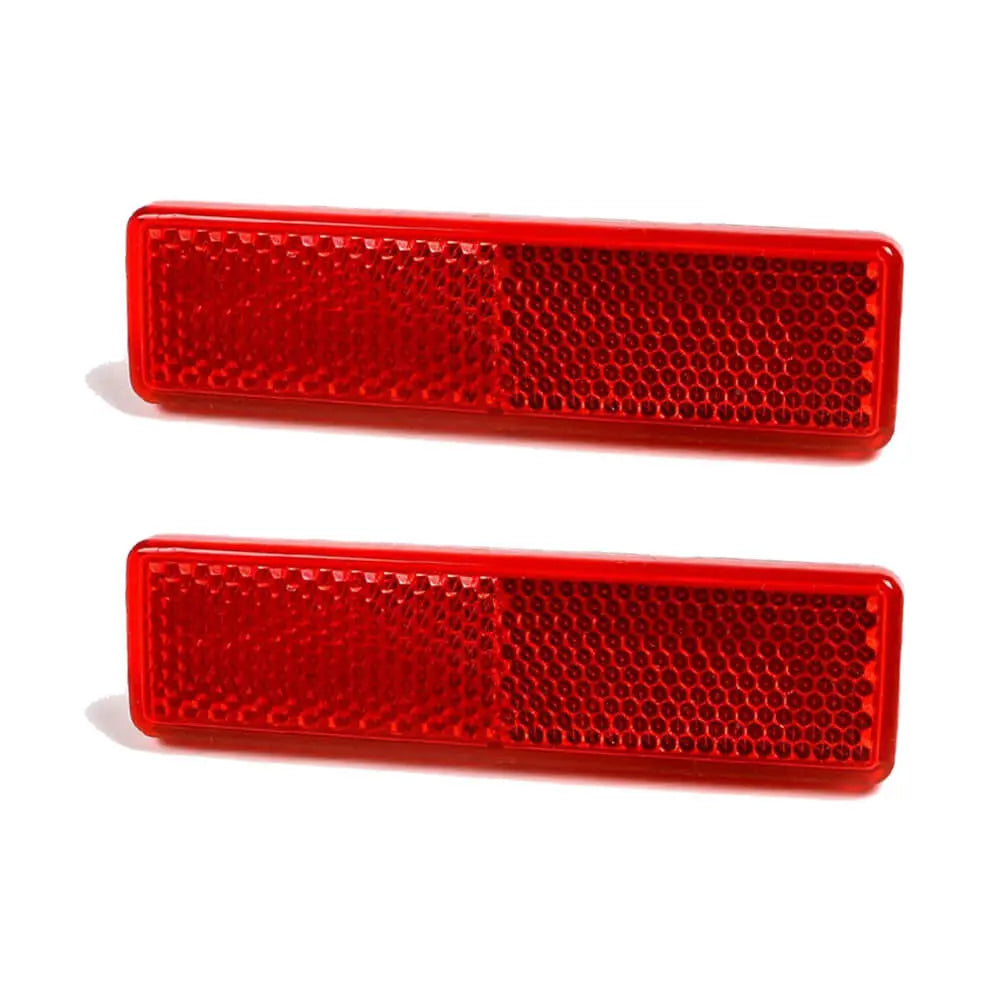
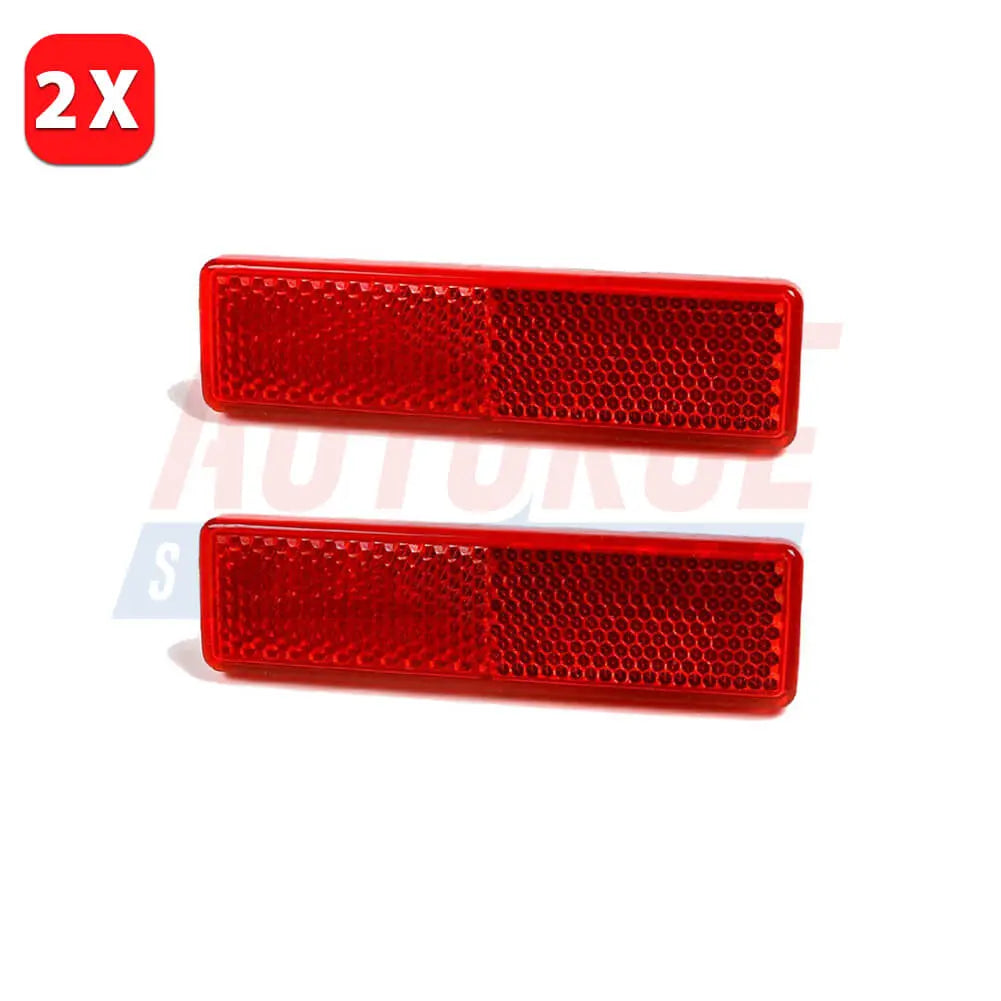
2 Pcs Rear Bumper Reflecto For Opel Vivaro (2001 - Onwards) 09160858, 4500558, 7700353184
Sale price£11.99
No reviews
In stock

Rear Bumper Reflector For Nissan Primastar NV300 (2001- Onwards) 09160858, 7700353184, 4500558
Sale price£8.99
No reviews
In stock

Rear Bumper Reflecto For Opel Vivaro (2001 - Onwards) 09160858, 4500558, 7700353184
Sale price£8.99
No reviews
In stock
Filters (0)




